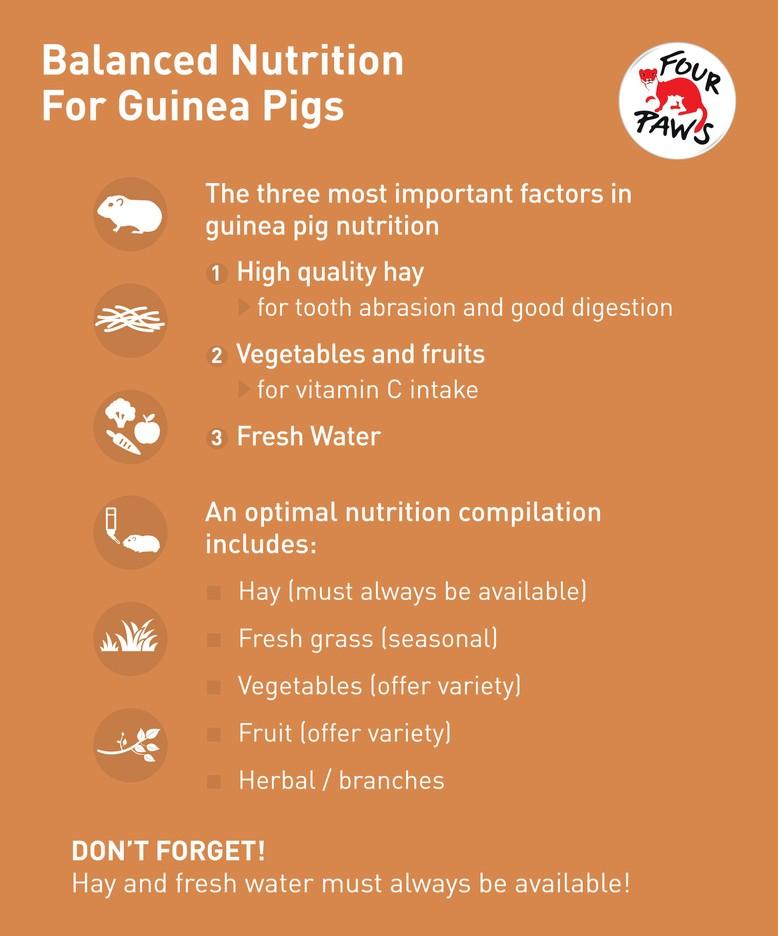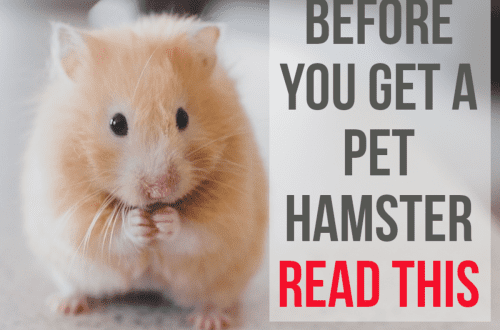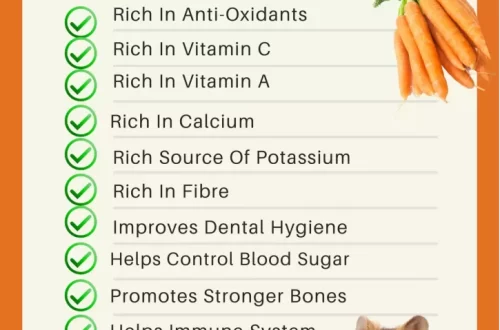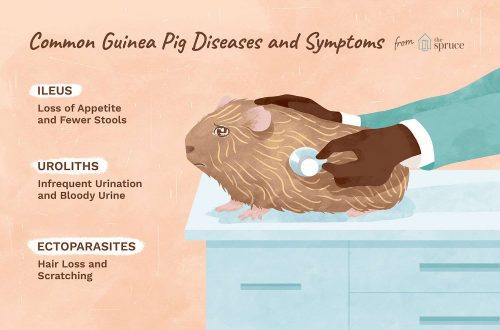
Proper nutrition for guinea pigs
For normal life and reproduction, a guinea pig needs good nutrition.
The feed must contain in sufficient quantity and the necessary proportion those elements that are consumed in the animal’s body for the formation of energy, the growth of new cells and tissues. The animal needs proteins, fats and carbohydrates, vitamins, minerals and water. Not a single type of food, taken separately, has a set of all the nutrients necessary for the normal functioning of the body. The animal can get them only if the diet is correctly compiled. And for this, an amateur must have at least a general idea of the significance of certain elements of food and be able to make diets taking into account the time of year, the method of keeping, the biological and physical characteristics of his pet.
For proper feeding of animals in captivity, you need to know what they eat in nature. In addition, the daily intake of feed depends on the size and age of the animal. Young animals need relatively more food than adults. The ratio of different types of feed may vary depending on external conditions (temperature), the physiological state of the animal. The individual characteristics of individuals of the same species are also great: some eat grain feed better, others prefer white bread. It is very important to maintain the animal’s appetite. To do this, food is diversified with seeds of various plants, products, and the animal is not given the same food every day. The amount of feed per day is determined empirically, despite the fact that norms and diets for each age group have long been developed for guinea pigs. The animals must eat the entire daily norm of feed without a trace. They should not be allowed to choose only their favorite food from the feeder, and the rest remained untouched.
The highest percentage of death of animals at home is given by gastrointestinal diseases, which occur in most cases due to non-compliance with measures to prevent them during feeding. That is why it is very important to observe hygiene, diet (diet) and feeding regimen. It is not recommended to frequently change the composition of the feed. Great importance must be attached to a balanced diet, as most diseases in guinea pigs result from improper feeding. Violation of the intestinal flora necessary for the breakdown of cellulose can lead to the death of the animal. Poor quality food can also cause serious illness. The food should contain 15% coarse fibers, 20% raw proteins and 4% animal proteins. Hay must always be available in sufficient quantities.
All feed purchased on the market must be sieved, cleaned, washed in warm water and then dried in the open air. Treated in this way, they are stored in closed containers so that rodents, which are carriers of various diseases, do not have access to them.
The guinea pig belongs to the order of rodents and eats plant foods. She eats various greens in summer, and coarse and succulent food in winter.
Guinea pigs, like semi-monkeys (lemurs), monkeys and humans, belong to those few mammals that are unable to independently synthesize vitamin C (ascorbic acid) in their bodies. This means that they must fully satisfy their need for it through the food they take.
At the same time, under normal conditions, a guinea pig needs 16 mg daily, and in a stressful situation, with an increased risk of an infectious disease, and during pregnancy, up to 30 mg of vitamin C per kilogram of weight.
Therefore, it is necessary to take into account the content of vitamin C in different types of feed. There is no danger of overdose.
For normal life and reproduction, a guinea pig needs good nutrition.
The feed must contain in sufficient quantity and the necessary proportion those elements that are consumed in the animal’s body for the formation of energy, the growth of new cells and tissues. The animal needs proteins, fats and carbohydrates, vitamins, minerals and water. Not a single type of food, taken separately, has a set of all the nutrients necessary for the normal functioning of the body. The animal can get them only if the diet is correctly compiled. And for this, an amateur must have at least a general idea of the significance of certain elements of food and be able to make diets taking into account the time of year, the method of keeping, the biological and physical characteristics of his pet.
For proper feeding of animals in captivity, you need to know what they eat in nature. In addition, the daily intake of feed depends on the size and age of the animal. Young animals need relatively more food than adults. The ratio of different types of feed may vary depending on external conditions (temperature), the physiological state of the animal. The individual characteristics of individuals of the same species are also great: some eat grain feed better, others prefer white bread. It is very important to maintain the animal’s appetite. To do this, food is diversified with seeds of various plants, products, and the animal is not given the same food every day. The amount of feed per day is determined empirically, despite the fact that norms and diets for each age group have long been developed for guinea pigs. The animals must eat the entire daily norm of feed without a trace. They should not be allowed to choose only their favorite food from the feeder, and the rest remained untouched.
The highest percentage of death of animals at home is given by gastrointestinal diseases, which occur in most cases due to non-compliance with measures to prevent them during feeding. That is why it is very important to observe hygiene, diet (diet) and feeding regimen. It is not recommended to frequently change the composition of the feed. Great importance must be attached to a balanced diet, as most diseases in guinea pigs result from improper feeding. Violation of the intestinal flora necessary for the breakdown of cellulose can lead to the death of the animal. Poor quality food can also cause serious illness. The food should contain 15% coarse fibers, 20% raw proteins and 4% animal proteins. Hay must always be available in sufficient quantities.
All feed purchased on the market must be sieved, cleaned, washed in warm water and then dried in the open air. Treated in this way, they are stored in closed containers so that rodents, which are carriers of various diseases, do not have access to them.
The guinea pig belongs to the order of rodents and eats plant foods. She eats various greens in summer, and coarse and succulent food in winter.
Guinea pigs, like semi-monkeys (lemurs), monkeys and humans, belong to those few mammals that are unable to independently synthesize vitamin C (ascorbic acid) in their bodies. This means that they must fully satisfy their need for it through the food they take.
At the same time, under normal conditions, a guinea pig needs 16 mg daily, and in a stressful situation, with an increased risk of an infectious disease, and during pregnancy, up to 30 mg of vitamin C per kilogram of weight.
Therefore, it is necessary to take into account the content of vitamin C in different types of feed. There is no danger of overdose.





